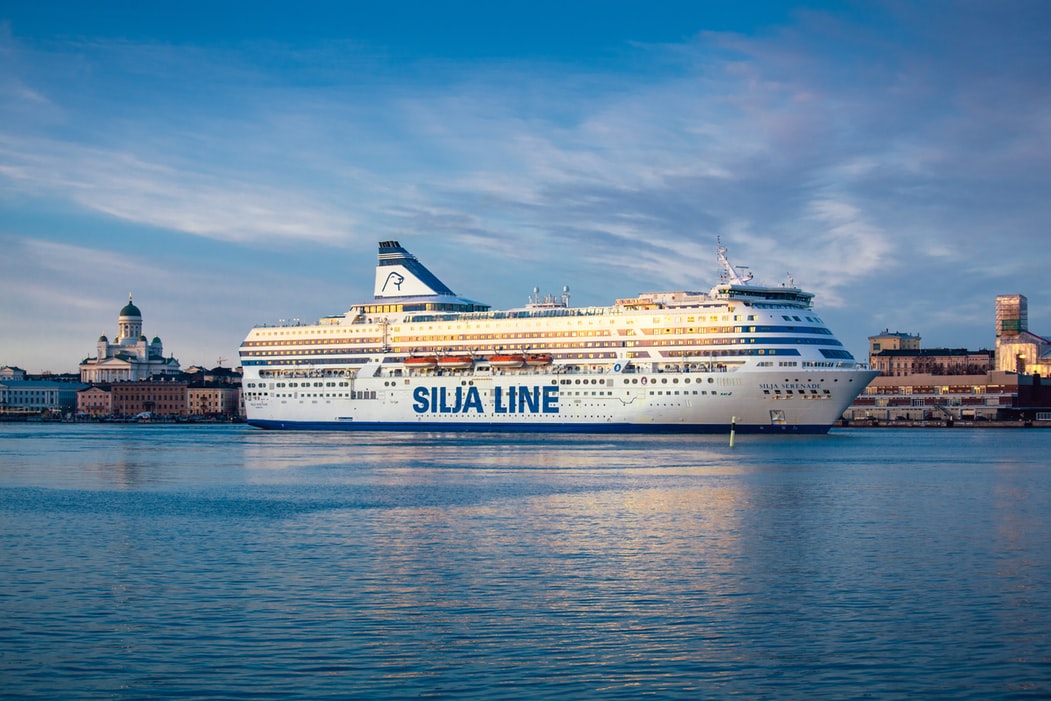There are many reasons why someone might want to take their boat out on the water. Fishing is a very popular pastime. So too are snorkelling and scuba diving. The owner might even utilise their vessel for commercial reasons. On the other hand, there are many people around the world who actually live on the boat. It is not just a vehicle to them. It is a home. If this is the case then they will want to decorate the interior.

The first step is to find the right website. Boat lovers can visit wallpassion.co.uk if they want to order great wall décor. There are plenty of different designs and colour schemes available. The items within the site catalogue look great and are also very affordable. If the boat owner is on a tight budget they could take advantage of sales events that occasionally occur on the site.
Aquatic Themes
Those lucky enough to live on a boat may see an abundance of different marine life such as fish, mammals and sea birds. It therefore seems appropriate to choose a wallpaper with this type of motif. An aquatic theme will help to bring balance between the interior and exterior of the boat. Even though the item is sea themed it is important to not get it wet. This can be prevented by keeping the inside of the boat closed at all times.
Blues and Greens
In order to be at one with the water the person should choose wallpaper that mimics its hues. This would involve opting for items in blue and green tones. The exact right one will depend on the sea, lake or river that the boat belongs to. People are sure to find something that works for them on the website wallpassion.co.uk.




 the same specifications as modern cruises, the voyages were unique at that time and it was not until many years later that the company found themselves with any real competition. The company have continued to expand their list of destinations through to today and have been highly successful at expanding the maritime industry as a whole, contributing to the development of shipyards and ensuring long-lasting careers in the maritime industry.
the same specifications as modern cruises, the voyages were unique at that time and it was not until many years later that the company found themselves with any real competition. The company have continued to expand their list of destinations through to today and have been highly successful at expanding the maritime industry as a whole, contributing to the development of shipyards and ensuring long-lasting careers in the maritime industry.

 to reload, aim, and fire, they were not as popular on ships until later centuries. The addition of cannons on a ship greatly increased the weight of the ship, although this was not a problem in terms of the ships ability to stay afloat, it did make propulsion using oarsmen impossible, leading to warships making exclusing use of sails for propulsion.
to reload, aim, and fire, they were not as popular on ships until later centuries. The addition of cannons on a ship greatly increased the weight of the ship, although this was not a problem in terms of the ships ability to stay afloat, it did make propulsion using oarsmen impossible, leading to warships making exclusing use of sails for propulsion.



 uch as cars or furniture, are nearly exclusively shipped in ISO containers. In 2001 it was estimated that more than 90% of global trade for non-bulk goods was carried out using ISO containers, although many of this takes place over land as well as over the sea.
uch as cars or furniture, are nearly exclusively shipped in ISO containers. In 2001 it was estimated that more than 90% of global trade for non-bulk goods was carried out using ISO containers, although many of this takes place over land as well as over the sea.
 ll-year round. One of the most notable rowing events is the Oxford University vs Cambridge University boat race, a race that stretches back for decades and is viewed by large audiences.
ll-year round. One of the most notable rowing events is the Oxford University vs Cambridge University boat race, a race that stretches back for decades and is viewed by large audiences.